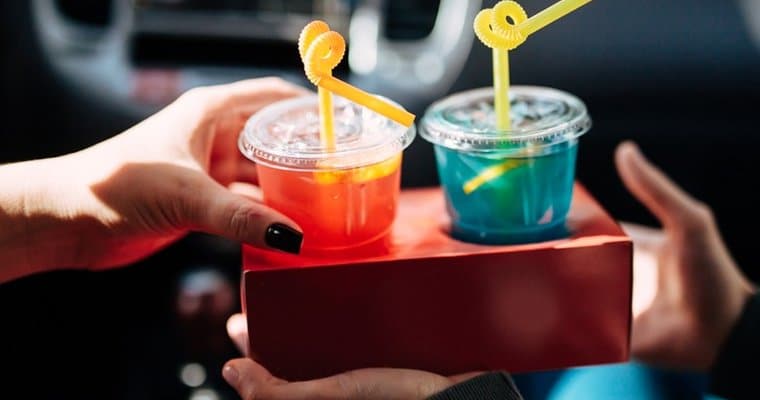This article originally appeared in Fast Casual.
The alcoholic drink market will hit over $261 billion this year and grow 10.51% through 2025, with 48% of that being spent in bars and restaurants, according to Statista.
With this kind of data, it is hard to deny that selling alcohol is a lucrative business, but how do fast casual operators determine whether or not serving alcohol is right for their brands and business models? Below are a few pros and cons for restaurant operators to consider before deciding if serving alcohol is right for their fast casual brand.
The pros of serving alcohol include:
- Boosted profitability. The mark up on alcohol is much higher than food, with operators often seeing a 60-70% profit on alcoholic beverages.
- Increased incremental sales for slow dayparts. Restaurants that tend to draw in the breakfast or lunch crowds can increase sales during slower dayparts by offering happy hour options between 5-7 PM.
- Point of differentiation. In a highly competitive environment, the ability to order beer, wine, or cocktails could be a deciding factor for patrons. In some cases, allowing operators to compete with a larger portion of the industry including full-service restaurants.
Despite the benefits of offering alcoholic beverages on menus, it isn’t necessarily the right fit for every operator.
Here are a few cons to serving alcohol:
- The costs and complexity of a liquor license. The cost of a license ranges from $300 to $14,000 based on your state. In some jurisdictions, there are hefty annual renewal fees, and you could possibly need a separate license for each type of alcoholic beverage you sell.
- Liability issues. From fake IDs, passing adult beverages to underage friends, to not noticing the signs of intoxication, there are a plethora of possible legal issues associated with selling alcoholic beverages.
- Speed of service. Fast casuals are popular because of their speed and convenience. If your typical counter employee is a teenager, sales and service may come to a halt in states that have age restrictions for pouring or serving alcohol.
For operators who decide to experiment with an upgraded beverage service, below are a few strategies to consider for a successful implementation.
1. Offer a limited-menu
To streamline orders and simplify inventory, consider limiting your cocktails to only options that compliment your menu or have proven to be the best sellers. You can decide you will only order tequila and rum and to stick to signature cocktails such as margaritas or a party punch. Many of these recipes can also be batched, making sure the ingredients are pre-measured and quick to serve.
2. Consider self-serve options
Some operators prefer to avoid having their employees handle alcohol at all. You can free up your employees’ time and avoid the possibility of minors handling these beverages by placing large ice buckets of popular single serve beers, wines, and spiked seltzers for customers to grab at the counter as they make their way to the cashier.
3. Keep it family friendly
Adding the option of adult beverages is a strategy to increase sales and boost the customer experience, not drive away the loyal customer base that you have already built. You can avoid the strictly bar crowd and keep a family friendly atmosphere by establishing a rule that patrons can only order alcohol accompanied with food.
4. Teach staff how to pour drinks accurately
In addition to having written recipes available, be sure to have bartenders use measuring tools. While many seasoned bartenders prefer to eye measurements, a precise pour is key to controlling inventory and can help prevent monetary damage and liability issues associated with overpouring.
5. Maintain a tight inventory
As profitable as it might be, alcohol can also create an opportunity for employee theft. To reduce this temptation be sure to limit the purchase, receipt, and issuing of alcohol to key personnel. Conducting daily inventory checks to ensure that bottle counts and liquor levels match sales will also decrease undesired behaviors such as drinking on the job, overpouring, and providing free drinks to friends and family.
6. Measure your results
Examine your reports to make data-backed decisions to determine if serving alcoholic beverages contribute to the success of your concept. Measuring the performance of these new menu items against each other using the gross profit and the popularity of the item will define which beverages work best for both your patrons and your bottom line.
Conclusion
There is not a hard and fast “yes or no” answer to whether alcohol should be served in any type of restaurant. Before taking on any new product line, carefully consider whether it makes sense to do so based on your brand and your overall operational and marketing strategies.



